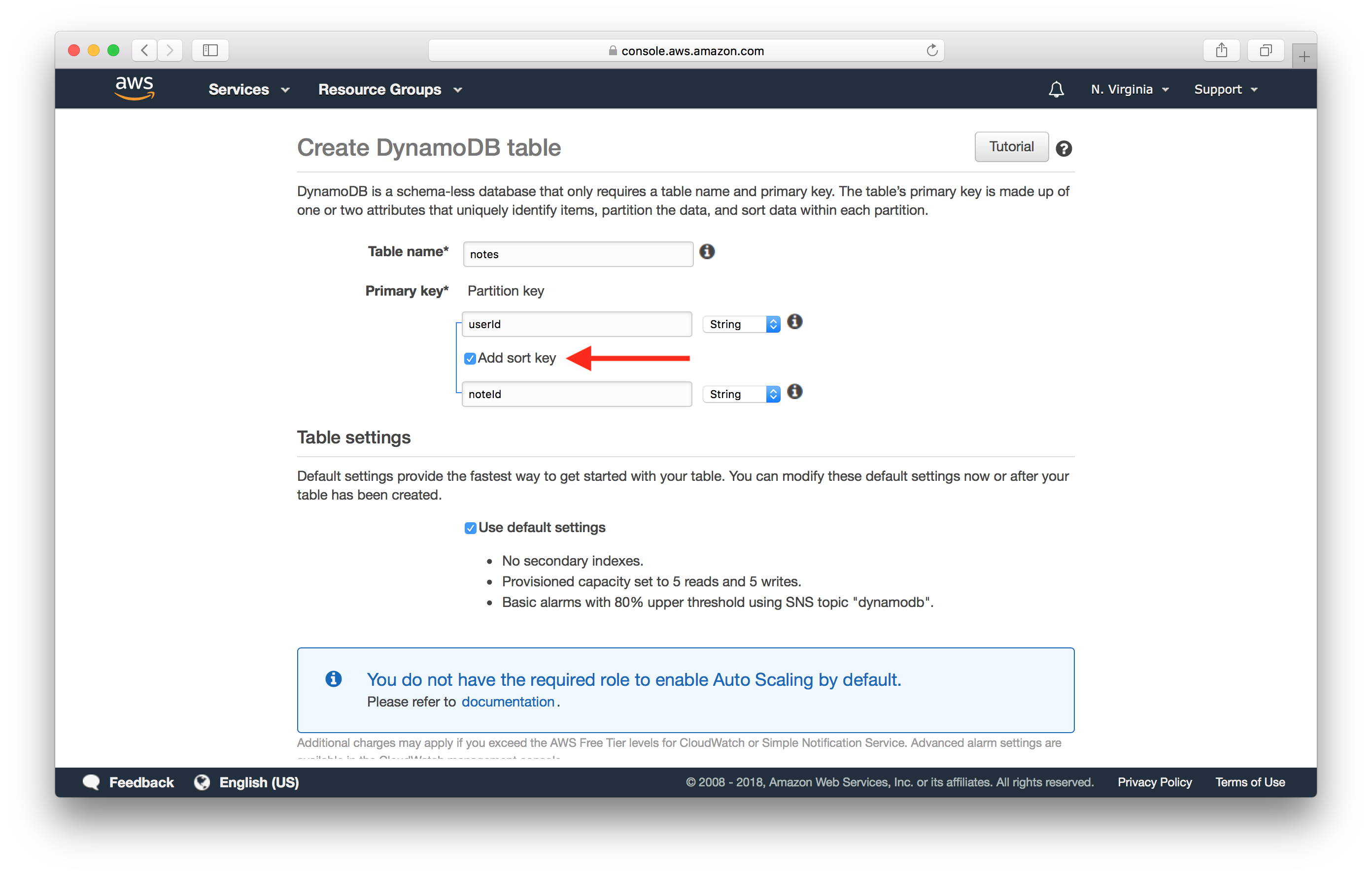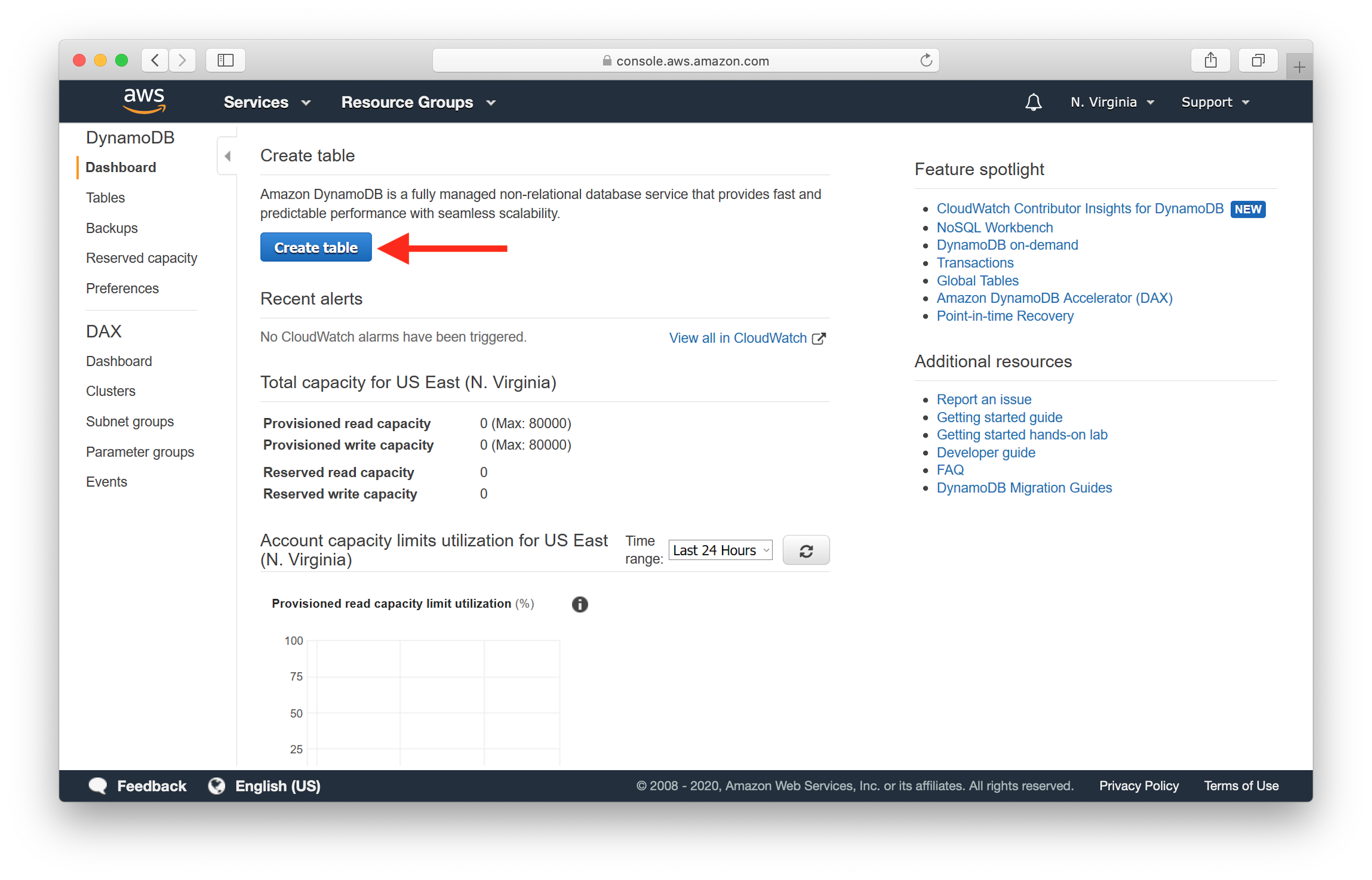
A global secondary index called EmailPasswordIndex exists on the table which includes the email field. I'm trying to figure out how Dynamo handles conflict resolution in a global table when doing a transaction.Assuming I want to run a transaction that increments an atomic counter and writes out a. Just use FORMAT or CONVERT in the place where you want to display this data i.I'm trying to query a DynamoDB table to find all items where the email attribute is not set. So as I suggested keep it as decimal itself without any conversion and without appending %.

Finally, we use the mapper’s query function to execute our query against DynamoDB. Ģ- I tested the query in top and I get this Result:Īs suggested already once you apply the conversion for appending % it wont be decimal anymore, it will be string data. In fact, DynamoDB mapper forces you to acknowledge this by throwing an exception if you attempt to perform a query on a GSI with consistent read enabled. So If you have a sugestion I am waiting for. If you're looking for similar cheat sheet but for Python, you can find it here, and for Node.js - here. ) To a Table I named Bd_Taux Using Vb net ,Ĭonversion From String '20% To Type Double Is Invalid. This cheat sheet will help you perform basic query operations, table manipulations and item updates with DynamoDB and AWS CLI. My Wiki User Page My MSDN Page My Personal Blog My Facebook Pageġ_ I want to insert this Values (taux1, Taux2,Taux3. Unlock An Oracle Table Get the object ID of the locked table: SELECT objectid FROM dbaobjects WHERE objectname'YOUR TABLE NAME' Get the SID values for this ID: SELECT sid FROM vlock WHERE. Please Vote This As Helpful if it helps to solve your issue Please Mark This As Answer if it solved your issue Amazon DynamoDB was introduced 10 years ago today one of its key contributors reflects on its origins, and discusses the 'never-ending journey' to make DynamoDB more secure, more available and. If you have to do this in SQL, we need to use FORMAT function or CONVERT function So if you can let us know what is your front end then we might be able to suggest a better approach Design your schema with an appropriate partition key (or partition and sort key) for query purposes. Tools like SSRS for example has predefined functions which provides this functionalityĭoing this in sql will require changing the base data type which can cause issues later if you tend to use these values for further manipulations For example, if you need to do real-time reporting of invoice transactions, you can access invoice or transaction data from a DynamoDB table directly by using the Query or GetItem API calls.
 To get the last evaluated key, you could try doing this QueryRequest request new QueryRequest() tTableName(tablename) QueryResult result dynamoDB.query(request) ItemCollection
To get the last evaluated key, you could try doing this QueryRequest request new QueryRequest() tTableName(tablename) QueryResult result dynamoDB.query(request) ItemCollectionIts always best to implement this kind of formatting requirements in your front end tools. In the example you refer to, a collection of QueryOutcome is used, bypassing the QueryResult.


I want calculate the percentage using columns values and add ’ %’ into new column named Taux1 ,Taux2. The Query result contains the first eight items from the table that match the key condition expression from the request. For example, suppose that you Query a table, with a limit value of 8, and without a filter expression. In this post, learn why you would do that and the few times you shouldn't. To do this, set the Limit parameter to the desired number of items that you want. Your Example Convert existing values in as varchar (30) and add ’ %’ at the right value into a new column named somePercent. AWS recommends using just a single DynamoDB table for your entire application. It is very interisting, but it is not what I want. Sathya - My blog ** Mark as answered if my post solved your problem and Vote as helpful if my post was useful **.


 0 kommentar(er)
0 kommentar(er)
